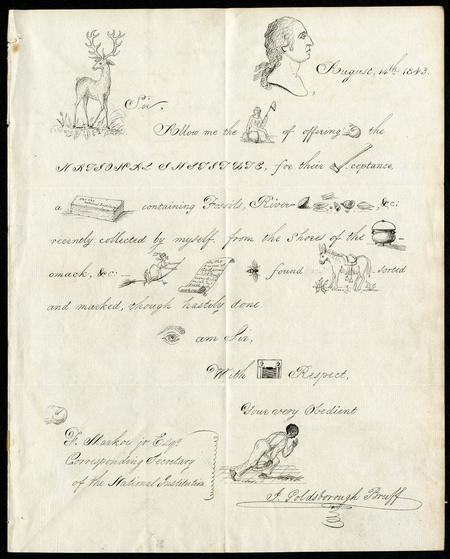I should preface the lines that follow by stating that, generally speaking, I do not indulge in text messaging. Granted, text messaging can be a convenient, even considerate, method of exchanging information without much disruption, and, unlike a telephone call, does not necessitate that the recipient answer at an inconvenient or awkward moment, such as in the supermarket line, when there is little for others nearby to do but to listen to your conversation. However, text messages that are composed in some sort of code, employing the English alphabet, numbers, symbols, and cultural acronyms, can take considerably longer to decipher (and compose) than the significance of the message itself. Perhaps I am showing my age (or increasingly feeble mind), but I have seen text messages that would leave seasoned military cryptographers saying, “WITW” (“what in the world,” that is).
Mobile users click here for a high res version of this image.
So, for all of you out there on the 4G with the micro keyboards and quick thumbs, I have a challenge for you, in the form of a more old-fashioned kind of text (and picture) message. The following 19th century Rebus Letter (A puzzle in which words are represented by combinations of pictures and individual letters) was found in the records of the National Institute in our collections, Record Unit 7058, Box 9, Folder 6, while I was conducting some research on behalf of a patron. While the letter was not pertinent to the patron’s research, it serves as just another example of the fascinating materials, sometimes found by happenstance, in the collections held by the Smithsonian Institution Archives. The content of the letter may not be remarkable; however, one can only speculate that its appearance made quite an impression, and presumably was the reason it was retained.

A few of us here at the Archives studied the letter and, after some deliberation, have come up with our translation. We invite you to add your interpretation in the comments below, and join us in this across-the-centuries game of Pictionary. There is no incorrect answer, just an opportunity to “excite the learning in everyone.” We will post the results of our analysis in the weeks ahead.
Produced by the Smithsonian Institution Archives. For copyright questions, please see the Terms of Use.


Leave a Comment